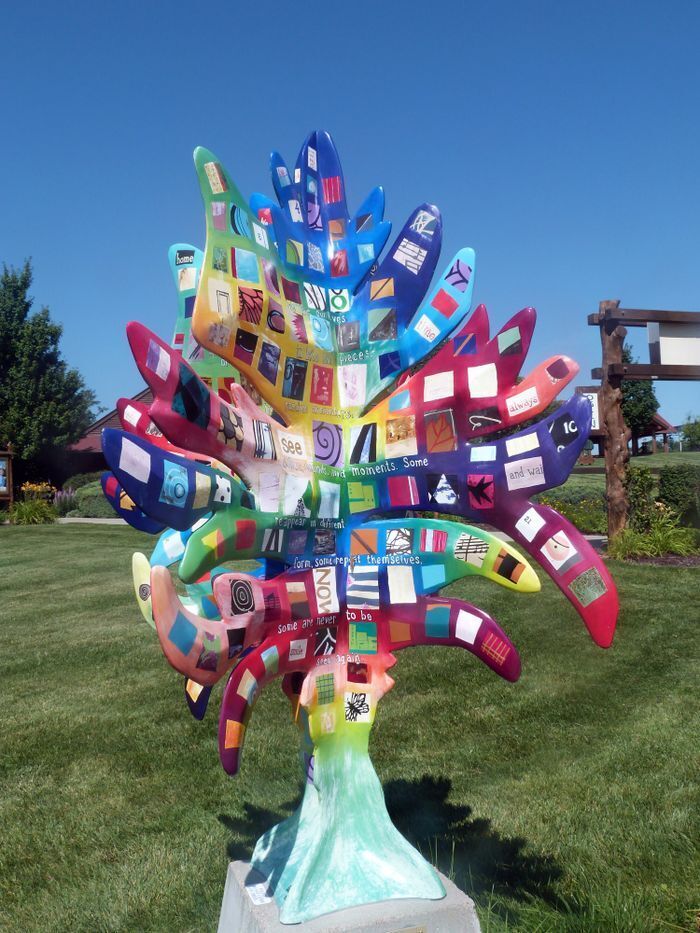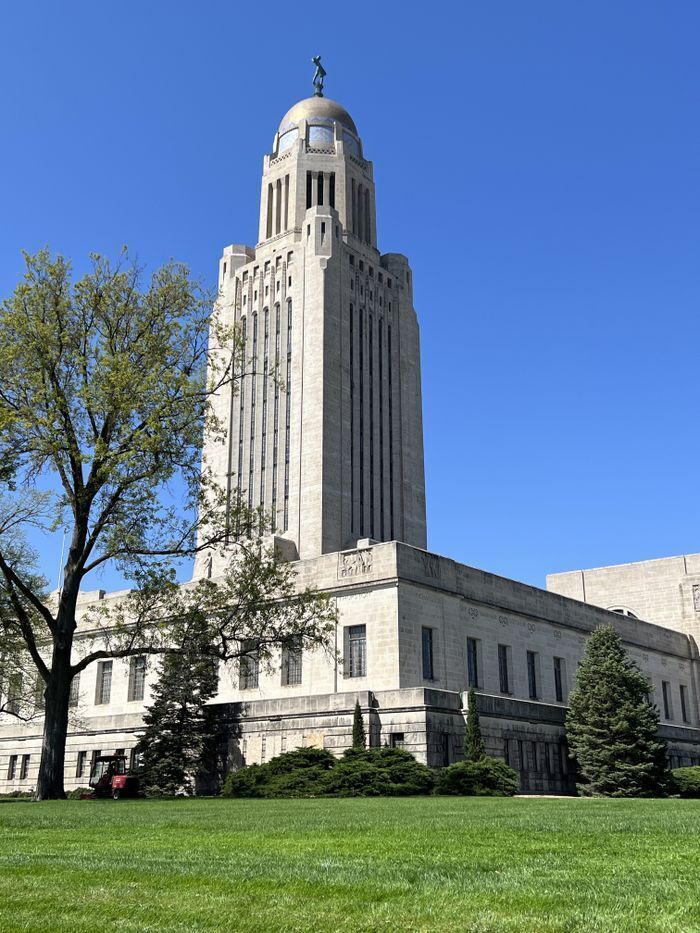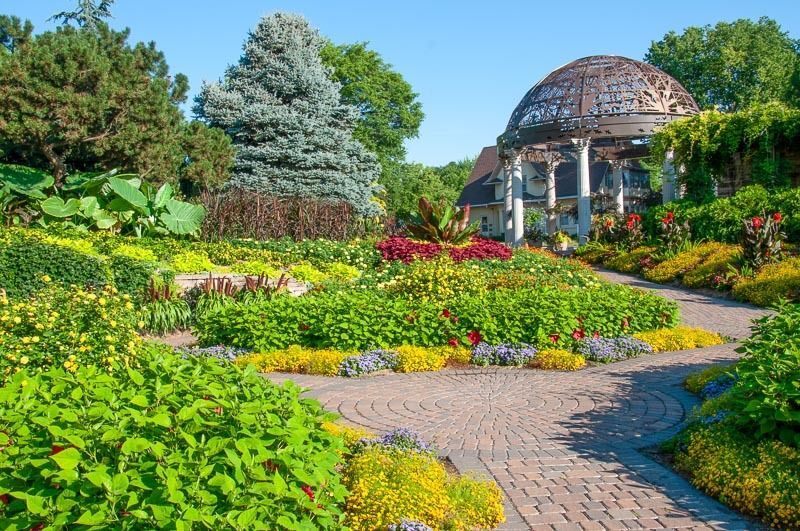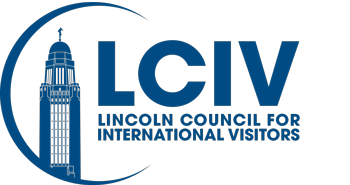Lincoln, Nebraska
Nestled in the heartland of the United States, Lincoln offers a welcoming atmosphere that embraces its modern charm and rich history. As the state capital of Nebraska, Lincoln holds a significant position in the state’s political and administrative landscape. Lincoln’s unicameral legislature is the only non-partisan legislative body in the U.S.
Lincoln is home to the University of Nebraska-Lincoln (UNL), a land-grant institution ranked in the top third of American public universities and a Big Ten Academic Alliance member. UNL’s Husker football culture is legendary, and Memorial Stadium on UNL campus has a football game day sellout streak that began in 1963.

As the second largest city in Nebraska (approximately 270,000), Lincoln retains a strong sense of community. A fun fact about Lincoln is that it scored the #1 spot on the Gallup-Healthways list of Happiest & Healthiest Cities in the U.S., with the best well being in all of America.
Season and Temperature
Lincoln experiences four seasons each year. Summers are typically hot, with daily temperatures of 90°F/32°C or higher, and winters are cold, with daily temperatures of 35°F/1°C or lower. Humidity and wind can make the temperature feel considerably hotter in the summer and colder in wintertime. Learning how to dress for the weather is a skill that all Lincolnites pick up.
Lincoln has remarkably beautiful spring and fall weather, with comfortable temperatures that hover around 60°F/16°C. Lincoln is graced with abundant trees, with many of them in full bloom in spring. In autumn, the colorful changing foliage gives Lincolnites a stunning show.
Cultural Attractions
Lincolnites enjoy vibrant art and music scenes that have grown over the years.
- Lincoln has a monthly First Friday Artwalk, with local artists showing off their latest works in galleries on the first Friday of every month.
- The two-day Lincoln Art Festival is held each year in June.
- Notable art galleries in town, such as the Sheldon Art Museum, with more than 13,000 pieces of art and an outdoor sculpture garden, and the Lux Center for the Arts, which has art galleries, shops, and community classes.

Lincoln hosts a number of music festivals that bring many different walks of life together, which include:
- Lincoln Calling is a multi-day festival that features both local and national acts.
- Jazz in June a popular free concert series featuring jazz music on Tuesday evenings.
- Pinewood Bowl, a stunning outdoor venue, draws exceptional musical talent throughout summer.
- The Pinnacle Bank Arena, with a seating capacity of 15,500, draws the biggest names in music year-round.
Other attractions in Lincoln include:
- The Nebraska State Capitol Building, a stunning example of art deco/neo-gothic architecture and home to the state’s unicameral.
- Historic Haymarket District, a popular eight-block area in Lincoln’s downtown with shops and restaurants and home to one of Lincoln’s Farmers Markets in the summer and fall.
- Sports arenas include Haymarket Park for baseball, Memorial Stadium for football, the Bob Devaney Center for basketball and the champion women’s volleyball team.

Lincoln’s Commitment to Nature
With more than 6,000 acres devoted to recreation, Lincoln has an extensive park system and network of bicycle trails, swimming pools, golf courses, recreation centers, volleyball, tennis and basketball courts, and soccer and baseball fields. Not to be missed include:
- Lincoln’s Sunken Gardens, a 100-year-old urban garden named one of the 300 best gardens in the U.S.
- Wilderness Park, a minimally-developed stretch of land devoted to preserving natural ecosystems.
- The MoPac trail, a walking, equestrian and bicycling trail built on an old rail line that runs 26 miles from Lincoln to Wabash, Nebraska.

Image courtesy of City of Lincoln
Lincoln’s History
Lincoln occupies a unique geological area known as a salt basin that exists due to the landt hat is now the state of Nebraska having once been completely submerged under an inland saltwater sea. The Oto-Missouria tribe of indigenous peoples occupied and cared for the area that is now Lincoln for several hundred years, However, they were forced to cede the land to the U.S. government in 1854, and the land was named the Village of Lancaster.
In 1867, Nebraska became the 37th state in the U.S. The following year, the Village of Lancaster was renamed the Town of Lincoln, after former U.S. President Abraham Lincoln, and in 1869, the town of Lincoln was officially incorporated.
Lincoln’s Growing Multiculturalism
Lincoln’s population is growing more diverse with each passing year. Of note is Lincoln’s status as a refugee resettlement community. In 2016, it led the nation in resettling the most refugees per capita for the year. As a result, thriving communities of Iraqis, Vietnamese, Mexicans, Burmese, Sudanese, and Yezidi, to name but a few, contribute to Lincoln’s increasingly rich and diverse population.
